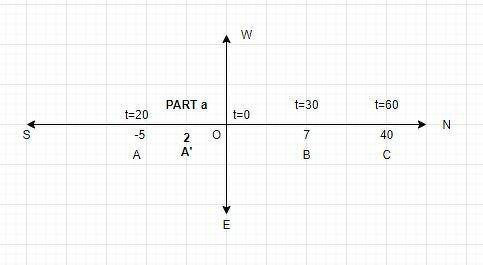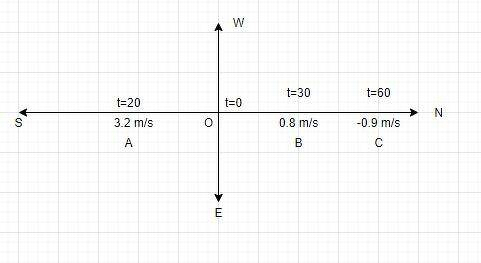Answer:
Answers explained below.
Step-by-step explanation:
1. One way to ensure that space resources are used to benefit all people is through international cooperation and agreements that promote the sharing and equitable distribution of resources. Additionally, having a clear set of laws and regulations in place for the use and exploration of space resources can help to prevent any one country or organization from monopolizing them. Additionally, encouraging private companies to invest in space exploration and resource utilization can also help to ensure that the benefits of space resources are spread widely.
2. The question of whether humans have the right to take resources from other parts of the solar system is a complex one, as it is not yet clear whether there are any resources that can be extracted from other celestial bodies, and there is no universally accepted framework for determining property rights in space.
Some argue that space resources should be considered the common heritage of mankind, and that their exploitation should be regulated through international agreements to ensure that they are used for the benefit of all humanity. Others argue that countries and private companies should be able to claim ownership of resources they extract from space, similar to how resources on Earth are claimed.
Currently, the Outer Space Treaty of 1967, ratified by 110 countries, states that outer space is not subject to national appropriation, and celestial bodies are not subject to ownership. And any activities in outer space should be carried out for the benefit and in the interests of all countries and shall be the province of all mankind.
It is a topic of ongoing discussion and debate among legal experts, policymakers, and scientists.
3. The question of whether humans have the right to invade other unique environments around the solar system is also a complex and controversial one.
Some argue that humans have a moral and scientific obligation to explore and study other celestial bodies in order to gain a better understanding of the universe and our place in it. They may also argue that we have a responsibility to search for potential resources and habitable environments that could support human life in the future.
On the other hand, others argue that humans should not invade other unique environments around the solar system as it would be disrespectful to the unique and fragile ecosystems that may exist on other celestial bodies and could also contaminate them with Earth-borne organisms.
4. Some ways to achieve this include:
International cooperation and agreements: Establishing international agreements and protocols that promote the sharing and equitable distribution of space resources can help to ensure that the benefits of these resources are spread widely among all countries.
Transparency and regulation: Having a clear set of laws and regulations in place for the use and exploration of space resources can help to prevent any one country or organization from monopolizing them and ensure that they are being used in the public interest.
Encouraging private companies: Encouraging private companies to invest in space exploration and resource utilization can also help to ensure that the benefits of space resources are spread widely, as private companies are more likely to operate in a competitive market.
Space governance: Establishing a proper governance and regulatory framework to govern the use of space resources and activities, it would help to prevent countries from weaponizing space and avoid any kind of conflict.
Public awareness: Raising public awareness about the potential benefits and challenges of space exploration and resource utilization can help to ensure that the public is involved in the decision-making process and that the benefits of space resources are distributed equitably.
5. There are certainly many problems on Earth that could be solved with the money now used for space programs. Some examples include:
Poverty and inequality: Funding programs that aim to reduce poverty and inequality, such as providing access to education, healthcare, and basic needs like food, shelter, and clean water.
Climate change: Investing in renewable energy sources, developing sustainable infrastructure and transportation systems, and funding research into climate change mitigation and adaptation.
Health and medical research: Funding research into diseases, such as cancer and infectious diseases, as well as providing access to basic healthcare services.
Infrastructure and transportation: Upgrading and building infrastructure, such as roads, bridges, and public transportation systems, which would provide jobs and improve the quality of life for many people.
Education: Investing in education, including providing access to primary and secondary education, as well as higher education and vocational training.
6. The space program has led to the development of a wide range of skills, careers, and programs, including:
Engineering: The space program has led to the development of new technologies, such as propulsion systems, materials, and robotics. This has created job opportunities for engineers who specialize in these areas.
Science: The space program has led to advances in fields such as astronomy, planetary science, and earth observation. This has created opportunities for scientists to study the universe, the solar system and earth from space.
Aerospace: The space program has led to the development of new aerospace technologies, such as satellites, rockets, and spacecraft. This has created job opportunities for aerospace engineers and technicians.
Computer science: The space program relies heavily on computer science, such as software development, data analysis, and artificial intelligence.
Medicine: Space programs have led to the development of new medical technologies, such as radiation protection, life support systems, and telemedicine. This has created opportunities for medical professionals to specialize in space medicine.
Business: Space programs also generate business opportunities, from space tourism, launching commercial payloads, to satellite-based services.

